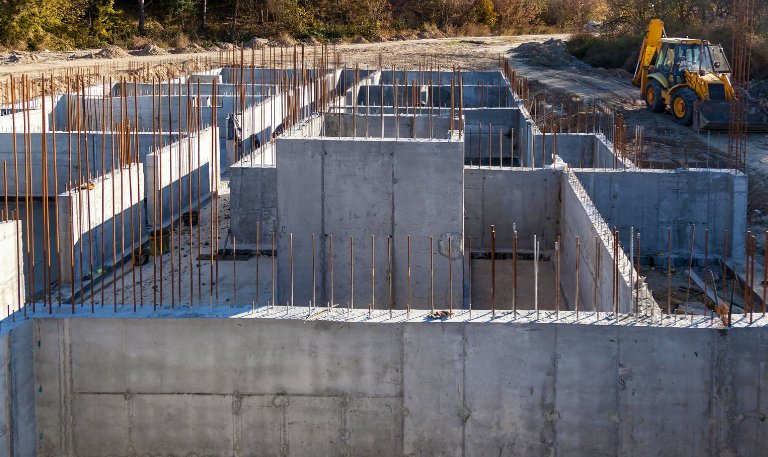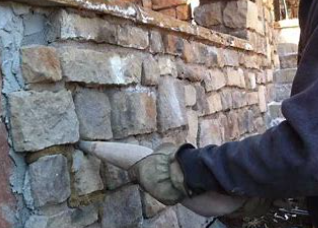Bond Beam Vs. Masonry Lintels: Distinguishing The Components
In the realm of construction, understanding the nuances of various components is crucial for ensuring the durability and stability of a structure. Two essential elements often encountered in masonry construction are bond beams vs. masonry lintels. In this article, we will delve into the distinctions between these components, shedding light on their roles, materials, and when to use them in construction projects. Ernest Maier, a renowned expert in masonry solutions, provides valuable insights into these critical elements that play a vital role in building integrity and design.
Bond Beam: A Structural Backbone
A bond beam serves as a structural component in masonry construction, playing a pivotal role in distributing loads and reinforcing the overall stability of a wall. Typically made of reinforced concrete, a bond beam runs horizontally along the top of or within a masonry wall, connecting the masonry units. Ernest Maier emphasizes that bond beams are crucial for load-bearing walls, as they help distribute the weight of the structure evenly and prevent cracking or shifting over time.
Masonry Lintel: Bearing the Load
Masonry lintels, on the other hand, are primarily designed to support loads above openings such as doors and windows. These lintels are also known as header courses and are strategically placed to bear the weight of the masonry units or other materials above the opening. Ernest Maier highlights that masonry lintels are crucial for maintaining the structural integrity of a wall while allowing for architectural flexibility.
Materials Matter
Both bond beams and masonry lintels can be constructed from a variety of materials, and the choice often depends on the specific requirements of the project. The most common material for bond beams is concrete with rebar added during construction; masonry lintels can be crafted from concrete, steel, or even stone. Ernest Maier advises that selecting the appropriate material is essential to ensure that the component can withstand the anticipated loads and environmental conditions.
When to Use Bond Beams
Bond beams are typically used in load-bearing masonry walls where structural support (specifically horizontal reinforcement) is necessary. They are employed to enhance the wall’s strength, distribute loads evenly, and minimize the risk of structural issues. Ernest Maier recommends the use of bond beams in projects where stability and longevity are paramount, such as commercial buildings, retaining walls, or any construction requiring superior structural integrity.
When to Opt for Masonry Lintels
Masonry lintels are specifically employed in situations where openings are needed within a masonry wall. They provide the necessary support to prevent the wall from collapsing while accommodating architectural features like windows, doors, or arches. Ernest Maier underscores the importance of selecting the right type and material of lintel to ensure it can withstand the load requirements of the opening and maintain the overall integrity of the structure.
Understanding the distinctions between bond beams and masonry lintels is essential for architects, engineers, and builders alike. While bond beams reinforce the entire masonry wall’s structure, masonry lintels provide support precisely where openings are required. The choice between these components depends on the project’s specific needs and the load-bearing requirements. Ernest Maier’s expertise in masonry solutions underscores the significance of selecting the right component and material to ensure the longevity and stability of your construction projects.
Commentary in this article are purely recommendations, and should not substitute for guidance from a professional engineer, codes, or code officials.

VP of MasonryTed Kelly
Latest News

4 Ways To Reinforce Concrete
Concrete is one of the most fundamental materials used in construction. If you’re working on a domestic project or a […]

The Environmental Benefits Of Using Ready-Mix Concrete
The construction industry is changing quickly to meet the growing demand for sustainability and eco-friendly practices. One of the most […]

6 Essential Tips For Grouting Stone Veneer
Grouting stone veneer is an important step in the installation process that can significantly impact the overall look and durability […]

Should You Fill Hollow Concrete Blocks?
Hollow concrete blocks are widely used in construction due to their strength, versatility, and lighter weight compared to solid blocks. […]
